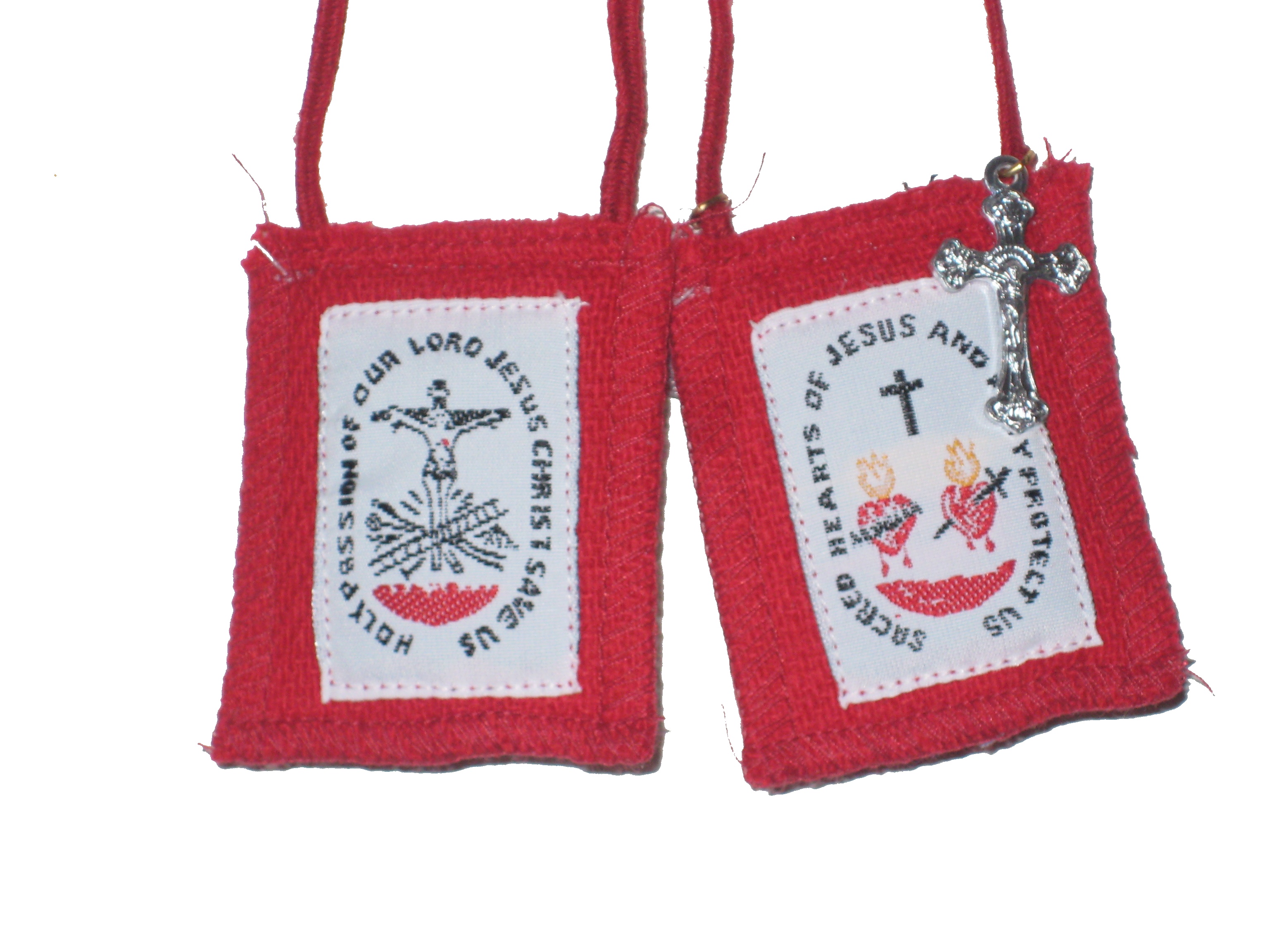Many Catholics own devotional items, such as rosaries and scapulars. Learn how to use, care for and dispose of them with reverence.
Sacramentals are types of devotions specific to the Catholic Church. According to the Catechism of the Catholic Church, sacramentals are "sacred signs instituted by the Church. They prepare men to receive the fruit of the sacraments and sanctify different circumstances in life."
The are five kinds of sacramentals:
blessings;
exorcisms;
rubrics;
prayers; and
blessed objects of devotion.
With respect to sacramental objects, many Catholics own several religious articles in the course of their lifetime.
What Makes an Item a Sacramental Object?
A religious object only becomes a sacramental once consecrated by a priest. A priest prays over the devotional item. In Catholic Q & A, by Father John Dietzen, a blessed object of devotion is described as "a material item over which the church has prayed a blessing, asking God to accept the prayers of the church for those who reverently use it." Whereas a sacrament, such as baptism and communion, produces sanctifying grace, sacramentals are channels of grace.
Some priests say that some religious objects become sacramentals once they have been prayed upon. One example of this would be a Rosary.

Consecrated objects are outward symbols of a Catholic's faith and devotion. Examples of sacramentals include: crucifixes, rosaries, scapulars, religious pictures, Holy Medals, Holy Water, liturgical candles, statues and palm leaves.
Use and Care of Blessed Objects of Devotion
A sacramental is a channel through which God can work. In "The Sacramentals" from the Baltimore Catechism, it states that "sacramentals obtain favors from God through the prayers of the Church offered for those who make use of them, and through the devotion they inspire. "
The faithful experience several benefits when using sacramentals: blessings of good health (physical and material), forgiveness of venial sins, graces, protection from evil spirits and remission of temporal punishment.
Sacramental objects help strengthen a Catholic's faith in God in a variety of ways. Holy water reminds Catholics of their baptismal promises and their commitment to Jesus, while using the rosary helps focus their prayers.
There is no magical power in sacramental objects. These religious articles are not to be used as good luck charms or objects of superstition.
These articles of faith should always be treated with reverence and devotion. For instance, many Catholics will kiss a sacramental object if dropped accidentally on the ground.
Proper Disposal of Sacramental Objects
An article of faith shouldn't be thrown in the trash when it is broken, worn out or no longer of use; it's believed that doing so would desecrate the sacramental. It must first be broken down in such as way that it loses its identity as a devotional item.
The Sisters of Carmel advise Catholics that a "sacramental should be returned to the earthly elements". Books, pictures of Jesus and Mary and scapulars should be burned and then buried. Rosary beads should be pulled apart from each other and statues should be broken into small pieces and buried. Metal objects should be melted and reused. An object that once was a devotional item should be buried in a place that won't be tread upon.
Consecrated religious articles lose their blessing once they lose their identity as a sacramental. They also lose their blessing if they are sold for profit. However, if a person gives a consecrated article to someone as a gift or sells it at cost, the original blessing upon it remains.
Sacramental objects, such as rosaries and scapulars, are used by Catholics around the world. These religious articles obtain favors from God for the faithful who use them and help strengthen their faith in God. Sacramentals are consecrated materials and should be used with, cared for and disposed of with respect.
Sources:
Catechism of the Catholic Church, NY: Doubleday Dell Publishing Group, Inc. 1995.
Dietzen, Fr. John J. Catholic Q & A: Answers to the Most Common Questions About Catholicism, . NY: Crossroad Publishing Company, 2002.
Sisters of Carmel (accessed June 12, 2010).
CatholiCity: The Sacramentals (accessed June 12, 2010).
Originally published on Suite101.com on June 12, 2010. All rights reserved by Rhona-Mae Arca.
